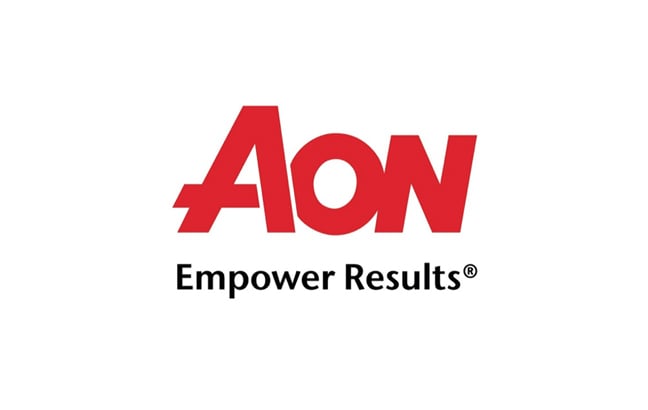San Francisco, California, 12 October 2021 – Cyber exposures accumulating in the US property insurance market could result in $12.5bn in non-physical damage losses and could cause certain carriers’ capital adequacy ratios to deteriorate.
According to a new study conducted by CyberCube, AM Best and Aon, sufficient cyber risk is accumulating in the US property market to trigger a one-in-100-year loss of $12.5bn. A loss of this magnitude would be enough to cause a downward transition of the Best’s Capital Adequacy Ratio (BCAR) for 18 US property carriers.
For the study, “Spotlight on Cyber: A study of aggregation risk in the US property insurance market”, leading cyber risk analytics expert CyberCube created a sample portfolio based on the US small business property industry and subjected it to modeled cyber loss scenarios, quantifying non-physical damage losses. The results of this analysis were then used by financial ratings agency AM Best to assess the impact on the balance sheets of 579 US property insurers. Aon assisted with quantifying the risks and exposures written back into property policies and highlighting some best practices for managing these risks.
The analysis revealed that of the 579 property insurers analysed, 12 carriers fell one level in the BCAR, four dropped two levels, and two insurers each fell three levels and four levels respectively. It is important to note that BCAR assessments are not the sole determinant of a company’s financial strength rating. Other factors such as reinsurance, diversification, and liquidity are considered to evaluate balance sheet strength. However, a significant deterioration in the BCAR assessment may lead to a downgrade of an insurer’s financial strength rating.
The report concludes that, while current levels of cyber exposure within US commercial property are manageable by the property industry as a whole, the exposure could have ratings impacts for a section of the property market. The large growth in cyber exposures anticipated over the next few years will challenge the industry’s ability to cope with rapidly increasing risks.
The research notes a mixture of regulatory pressure and good portfolio management practice is driving carriers to explicitly exclude (or affirm) cyber coverage from non-standalone policies, where “silent” cyber exposure may exist. However, it is becoming apparent that insurance carriers, while starting to offer explicit cyber coverage in US commercial property policies, may not typically be underwriting or pricing the risk accordingly. The report warns that cyber exposures in the US property market may be unaccounted for in carriers’ enterprise risk management strategies.
Rebecca Bole, CyberCube’s Head of Industry Engagement, said: “CyberCube’s modeled loss figure of $12.5bn suggests that the US property market is exposed to $9.5bn of attritional losses and $3bn of catastrophic losses in the return period. It is apparent that the property market is already paying attritional losses for non-affirmative cyber coverage.”
Sridhar Manyem, AM Best’s Director, Industry Research, said: “While losses of $12.5bn are relatively low when placed in the context of natural catastrophes, considering these exposures are often unpriced or unaccounted for in enterprise risk management, the impact on carriers can be significant and more importantly, unexpected.”
Jon Laux, Aon’s Head of Cyber Analytics, added: “As this research shows, quantification of the aggregation potential from cyber-related losses in property policies is very real. With property insurers affirming elements of cyber cover in their policies, insurers are exposed to significant losses, which are not necessarily priced accordingly. Through better information, industry participants will be able to make better decisions about placing cyber risk.”
Cyber scenarios used by CyberCube to analyse the impact on the US property industry were large-scale data losses, large-scale ransomware attacks and a targeted ransomware attack on a medical devices manufacturer.
This report aims to quantify the cyber exposures accumulating in the US property market and calls for further clarification of cyber cover in commercial property policies, explicit underwriting and adequate pricing of the risks associated with cyber events in property policies.
Check out the report here: Spotlight on Cyber: A study of aggregation risk in the US property insurance market.
AM Best is hosting a webinar highlighting the findings of the report. Register here.



